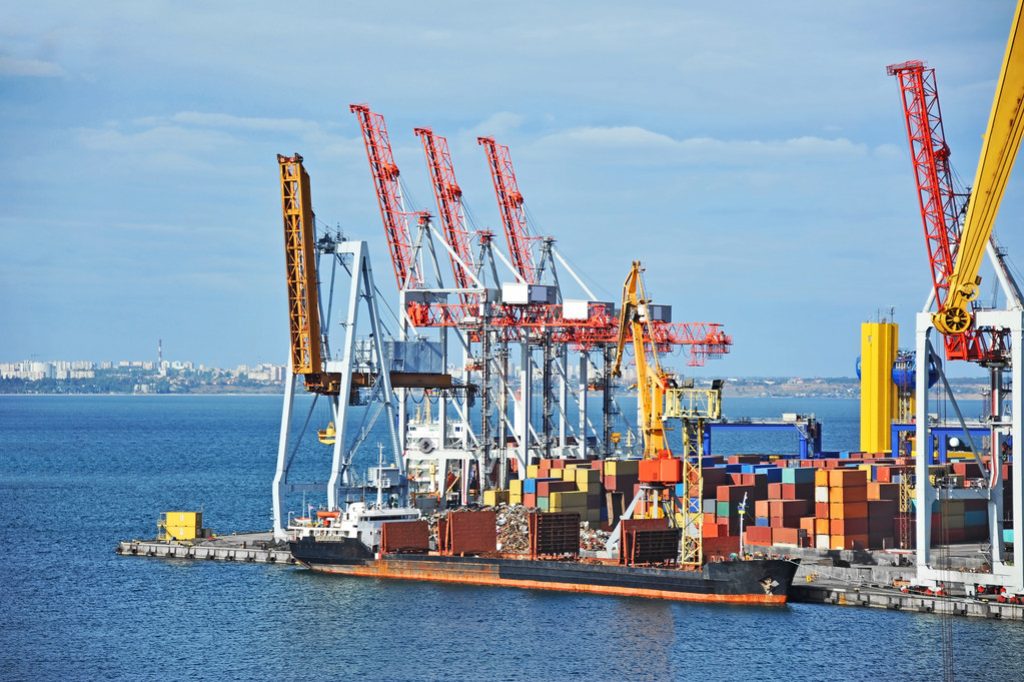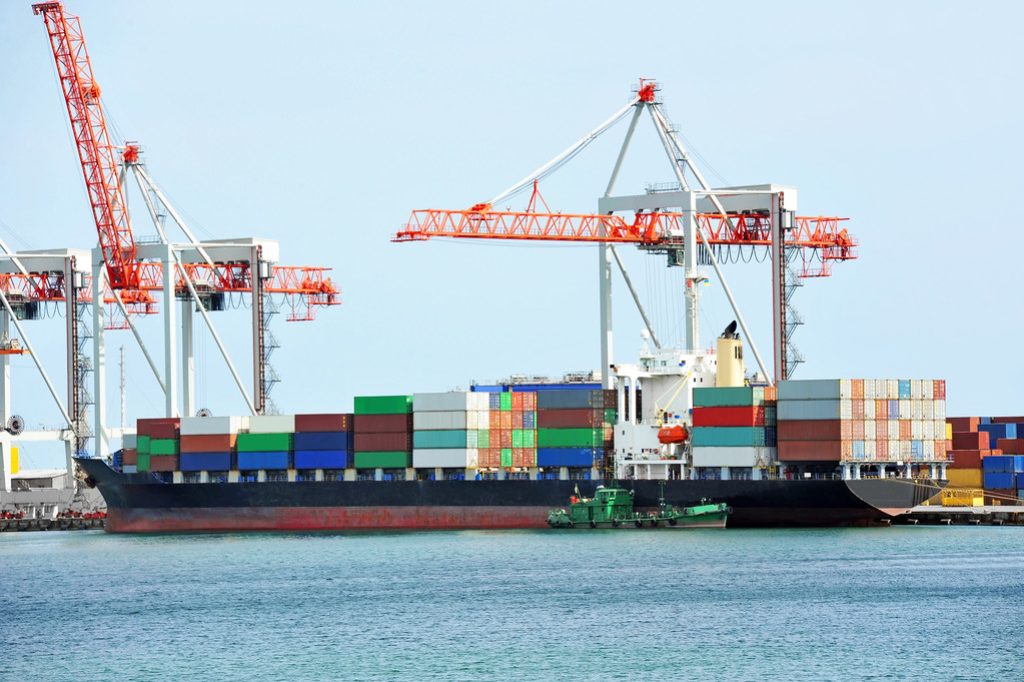Tranship
What is transfer?
The process of transshipment means the transfer of goods to an intermediate destination and then to the main destination. This process is done when there is no direct route to send the goods to the destination or if the means of transportation changes during the trip. For example, goods are unloaded from a ship and then transferred to an airplane. Another reason for doing transshipment is to combine smaller goods into one big shipment or vice versa.
Traders and merchants who operate in the international field are familiar with the laws of the destination country and the transshipment process and act accordingly. Customs problems or import bans are things that get in the way of people’s business and they have to return the goods or clear them from another customs. Sanctions are one of the basic problems of businessmen and traders, and strict laws are applied to eliminate them. Under embargo conditions, the entry of some goods is prohibited and strict rules are applied to them. In such a situation, the use of goods transshipment or combined transportation method can be effective in solving these problems

What does transshipment of goods mean? Are these services provided as a customs procedure?
Transshipment of goods refers to the temporary transfer of goods to an intermediate destination and then to the final destination. This service is used as a method and solution in the field of international transportation of goods. With this method, the goods are directed to the final destination in different stages of the transfer, such as changing the means of transport or transit from one place to another.
Therefore, cargo transshipment is a transportation process and service and not provided as a customs procedure. This process is carried out in times of import and export of goods when we face problems such as sanctions or high transportation costs. In this situation, cargo transshipment is used as an effective and strategic solution to solve the aforementioned problems and deliver the goods to their final destination. However, it is important to know in general that the transshipment of goods is not necessary for all the activities of the transfer of goods and is used in special conditions and special problems.

What is the method of transshipment of goods?
After getting to know the concept of goods transshipment, you can also get to know how to do this process. Transshipment of goods is mainly used for container shipments, because this method is used in cases where the goods cannot be unloaded at the destination. In this process, the containers are unloaded at the ports of origin, and then the cargo is transferred by another means of transport, such as a ship, to reach the final destination. In this process, international sea, land and air transport companies are involved and coordination should be done before unloading and loading in these companies.
Before proceeding with the transfer process, it is important to familiarize yourself with all the relevant terms and conditions. Sometimes it is possible to transport the goods with simpler and less expensive methods and there is no need for transshipment. However, for some merchants, transshipment can be a significant cost savings.
To better understand the transhipment process, it can be explained as follows: suppose the purpose of transporting goods is to send them to distant countries such as South Africa. Naturally, in this situation, there is no direct export to this country. Therefore, traders are forced to use the transshipment method to transport goods. In general, it is recommended to use freight freight to transport goods in a certain direction. Sending cargo to countries like Germany, Australia, Canada, etc. is easily possible using freight forwarding process.

Reasons for transferring goods:
Traders and merchants use the transshipment process to transport goods for several reasons. Below are some of these reasons:
Cost reduction: In some cases, the costs associated with direct export and import of goods are very high. Therefore, using transshipment services can help reduce costs.
Absence of destination port: If there is no port for unloading and loading cargo in the destination country, transshipment is used as a suitable solution for transporting goods.
Absence of a direct method: In the absence of a direct method to transfer goods from the country of origin to the country of destination, transshipment is used as a suitable and accepted solution.
Restrictions of the destination port: If the final destination port does not have enough equipment and facilities to unload and load the cargo, using transshipment to carry out this process can be appropriate.
Bypassing sanctions: the presence of sanctions may prevent the entry of some goods directly into the destination country. In these cases, transfer is used as an acceptable solution to bypass sanctions.
In general, cargo transshipment allows traders and merchants to deal with the obstacles and limitations in the transportation of goods and provide more convenient and efficient ways for the international transportation of goods.